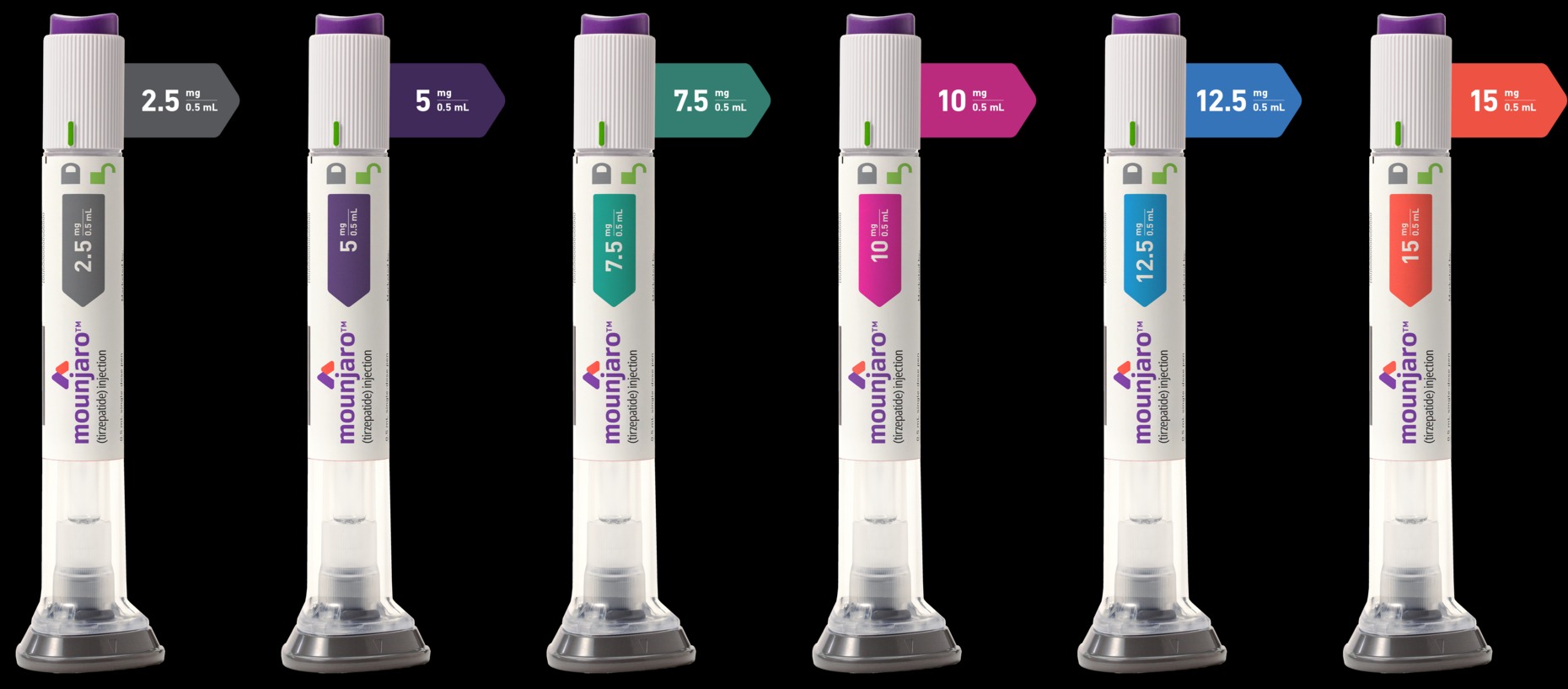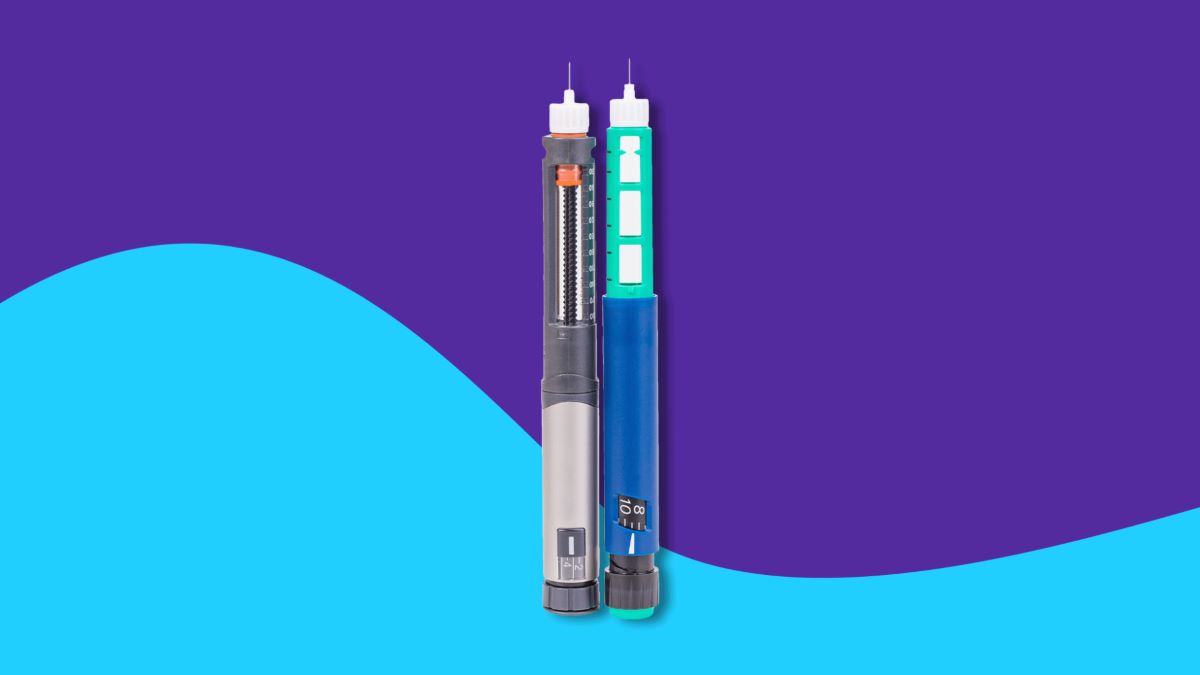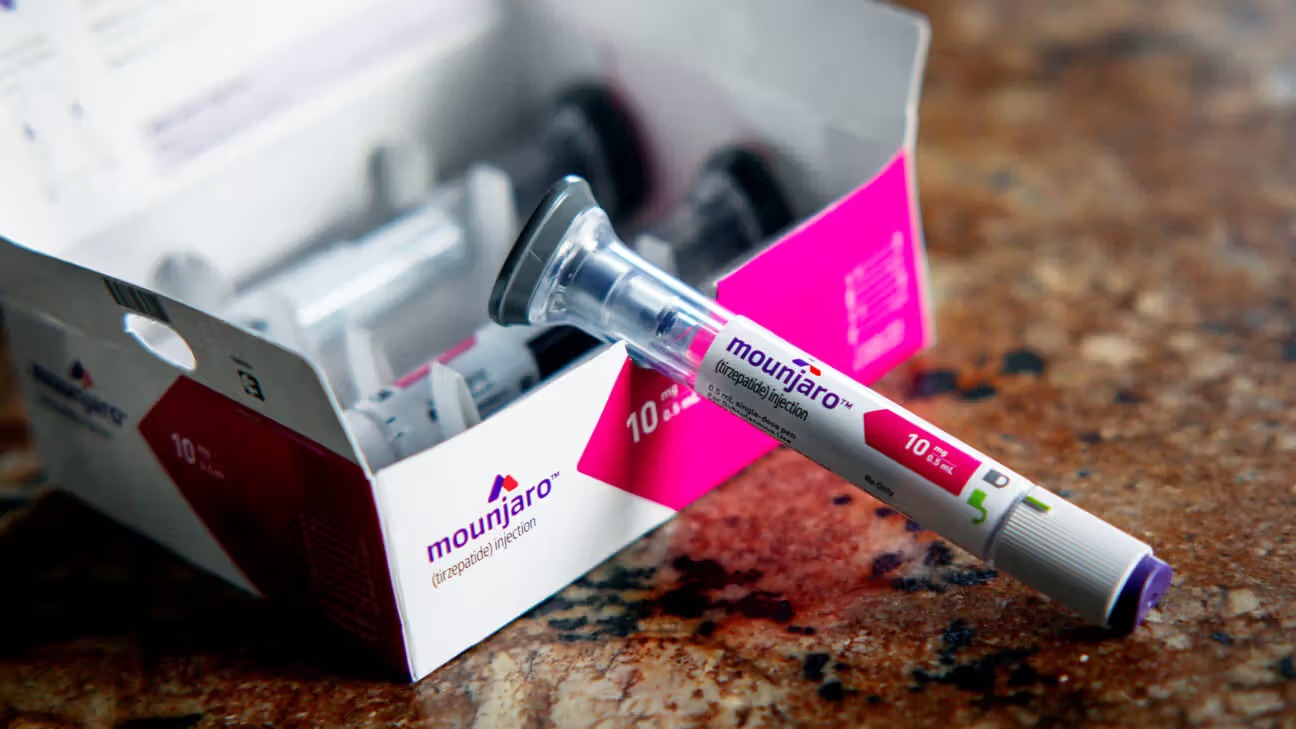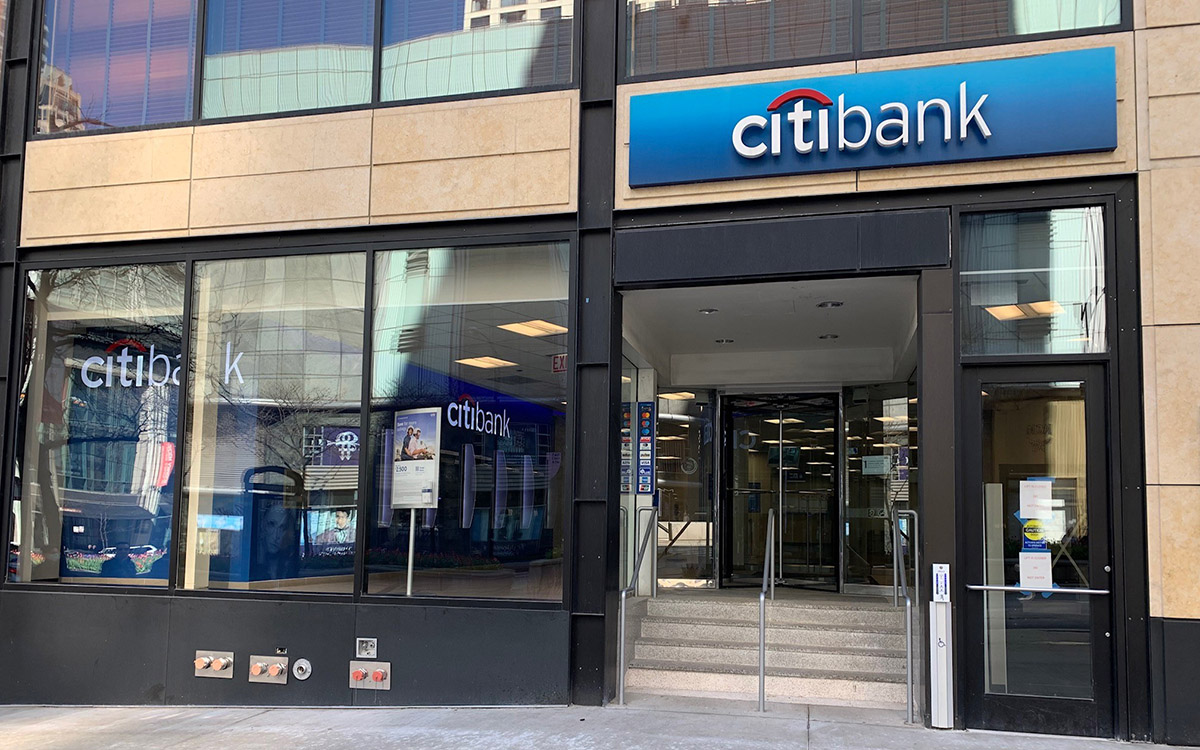

Finance
How To Get Mounjaro Approved By Insurance
Published: November 3, 2023
Learn how to get Mounjaro approved by insurance and secure your finances for the future. Expert tips and strategies for navigating the insurance approval process.
(Many of the links in this article redirect to a specific reviewed product. Your purchase of these products through affiliate links helps to generate commission for LiveWell, at no extra cost. Learn more)
Table of Contents
Introduction
Mountaineering is an exhilarating and challenging adventure that allows individuals to conquer new heights and experience breathtaking views. However, along with the thrill and excitement comes potential risks and dangers. That’s why having proper insurance coverage is essential for anyone planning a mountaineering expedition.
Mountaineering insurance provides financial protection in case of accidents, emergency medical treatments, evacuation, trip cancellations, and damage to personal belongings. It offers peace of mind so you can focus on enjoying your climb without worrying about the potential financial burden that may arise from unforeseen circumstances.
Before embarking on your mountaineering journey, it’s crucial to understand the different aspects of mountaineering insurance and how to navigate the process of getting approved by insurance providers. In this article, we will guide you through the steps to ensure that you have the right coverage for your mountaineering adventure.
From researching insurance providers to documenting your mountaineering experience, we will provide valuable insights into making the insurance application process smooth and successful. We will also discuss tips for increasing your chances of getting your mountaineering insurance approved and offer advice on dealing with rejection, should that be the case.
So, whether you’re a seasoned mountaineer or a novice planning your first expedition, read on to learn how to navigate the intricacies of mountaineering insurance and ensure that you are well-prepared to face any challenges that may come your way while conquering the world’s highest peaks.
Understanding Mountaineering Insurance
Mountaineering insurance is a specialized type of coverage designed to protect mountaineers from the unique risks and hazards associated with climbing mountains. It provides financial assistance and support in the event of accidents, injuries, medical emergencies, trip cancellations, or the loss or damage of personal belongings during a mountaineering expedition.
Mountaineering insurance typically covers a wide range of potential risks, including but not limited to:
- Accidental injuries
- Emergency medical expenses
- Evacuation and rescue costs
- Trip cancellations or interruptions
- Lost or stolen gear and equipment
- Damage to personal belongings
It’s important to note that not all standard travel insurance policies cover mountaineering activities. Mountaineering is considered a high-risk sport due to the extreme physical challenges, unpredictable weather conditions, and technical skills involved. Therefore, it is vital to obtain dedicated mountaineering insurance specifically designed to address the unique risks associated with the sport.
When selecting mountaineering insurance, consider the following key factors:
- Coverage limits: Ensure that the policy covers the specific costs associated with mountaineering accidents, injuries, or emergencies. Check the maximum coverage amount to ensure it aligns with your needs.
- Exclusions and restrictions: Review the policy’s fine print to understand any exclusions or restrictions that may apply. Some policies may not cover certain types of climbing, altitude limits, or pre-existing medical conditions.
- Emergency assistance: Verify that the insurance provider offers 24/7 emergency assistance. This will ensure that help is readily available in case of an emergency, no matter where you are in the world.
- Policy duration: Determine the duration of coverage required for your mountaineering expedition. Policies can vary from single trip coverage to annual multi-trip coverage, depending on your needs.
Understanding the intricacies of mountaineering insurance is crucial to ensure you have the right coverage for your needs. Now that you have a better understanding of what mountaineering insurance entails, let’s move on to the next step: researching insurance providers.
Researching Insurance Providers
When it comes to obtaining mountaineering insurance, not all insurance providers are created equal. It’s essential to invest time in researching and choosing a reputable insurance provider that specializes in mountaineering coverage. Here are some key steps to follow when researching insurance providers:
- Check online resources: Start by searching online for insurance providers that offer mountaineering coverage. Look for well-established companies with a track record of providing specialized adventure travel insurance.
- Read customer reviews: Take the time to read reviews and testimonials from other mountaineers who have purchased insurance from the provider you are considering. Pay attention to feedback regarding the company’s claims process, customer service, and overall satisfaction.
- Compare coverage options: Look at the coverage options each insurance provider offers. Compare the limits, inclusions, and exclusions of their mountaineering policies to ensure they align with your specific needs and requirements.
- Consider additional benefits: Some insurance providers offer additional benefits and services that may be valuable to you. These could include coverage for trip cancellations, emergency medical evacuations, or reimbursement for unused expenses due to trip interruptions.
- Check financial stability: Evaluate the financial stability and reputation of the insurance provider. You want to ensure that they have the financial means to honor their obligations and pay out claims if needed.
- Consult with mountaineering communities: Seek recommendations from fellow mountaineers or consult with online mountaineering communities to gather insights and advice on trusted insurance providers. Their first-hand experiences can be invaluable in making an informed decision.
Remember, the goal is to find an insurance provider that offers comprehensive coverage, excellent customer support, and a straightforward claims process. Take the time to evaluate different options and choose the provider that best meets your needs and gives you the confidence to pursue your mountaineering adventure with peace of mind.
Once you’ve selected an insurance provider that aligns with your needs, the next step is to choose the right coverage for your mountaineering expedition. We’ll delve into this topic in the following section.
Choosing the Right Coverage
Choosing the right coverage for your mountaineering expedition is crucial to ensure that you are adequately protected against potential risks and hazards. Here are some important factors to consider when selecting the right mountaineering insurance coverage:
- Type of coverage: Determine the type of coverage you need based on the specific risks associated with your mountaineering expedition. Consider factors such as the altitude of the mountains you plan to climb, the technical difficulty of the routes, and the duration of your trip.
- Accidental injury coverage: Look for a policy that provides comprehensive coverage for accidental injuries, including medical expenses and emergency medical evacuations. Make sure the policy covers both on-mountain accidents and accidents that may occur during training or preparation activities.
- Equipment coverage: Assess whether the policy includes coverage for lost, stolen, or damaged mountaineering gear and equipment. This coverage can help you replace essential items needed for your expedition.
- Trip cancellation and interruption: Consider whether the policy includes coverage for trip cancellations or interruptions due to unforeseen circumstances, such as illness, injury, or adverse weather conditions. This coverage can help reimburse your non-refundable expenses.
- Search and rescue coverage: Verify if the policy covers search and rescue expenses in the event of an emergency. Mountaineering accidents may require costly search and rescue efforts, so having this coverage can provide a financial safety net.
- Personal liability coverage: Determine if the policy includes personal liability coverage in case you cause damage to property or injure others during your expedition. This coverage can protect you from potential legal and financial liabilities.
- Pre-existing medical conditions: If you have pre-existing medical conditions, it is essential to check whether the policy covers medical expenses related to these conditions. Some policies may exclude coverage for pre-existing conditions.
- Policy exclusions and limitations: Carefully review the policy’s fine print to understand any exclusions, limitations, or specific requirements. Be aware of any altitude limits, activity restrictions, or mandatory safety precautions that may affect your coverage.
By considering these factors, you can choose the right coverage that aligns with the specific needs of your mountaineering expedition. Remember to read the policy documentation thoroughly, paying attention to any clauses or conditions that may affect the coverage’s applicability.
Once you have chosen the right coverage, it is crucial to document your mountaineering experience accurately. This documentation plays a vital role in the insurance application process, as we will discuss in the next section.
Documenting Your Mountaineering Experience
Documenting your mountaineering experience is an essential step in the insurance application process. Accurate documentation helps insurance providers assess the level of risk associated with your expedition and ensures that you are adequately covered. Here are some essential tips for effectively documenting your mountaineering experience:
- Keep a detailed itinerary: Create a detailed itinerary that includes the route, altitudes, and specific peaks you plan to climb. Note any planned rest days, acclimatization periods, or contingency plans. This itinerary will serve as a reference for your insurance provider.
- Record training and experience: Keep a record of your mountaineering training and experience. Include details such as previous climbs, technical skills attained, certifications obtained, and any relevant qualifications that showcase your proficiency as a mountaineer.
- Take photos and videos: Capture photos and videos of your preparation activities, training sessions, and previous climbing expeditions. This visual evidence will not only help validate your mountaineering experience but also provide a vivid representation of the challenges involved.
- Maintain a climbing log: Keep a climbing log that records the climbs you have completed, including dates, routes, and any significant milestones or challenges faced. This log demonstrates your commitment to mountaineering and can support your insurance application.
- Collect witness statements: If possible, obtain statements from experienced climbers who can vouch for your skills, experience, and fitness level. These statements can serve as valuable testimonials when submitting your insurance application.
- Gather medical documents: Gather any relevant medical documents, such as fitness certificates or reports from medical professionals, to showcase your overall health and physical readiness for the mountaineering expedition.
- Include emergency preparedness: Detail your emergency preparedness plans, including information on the equipment you carry, communication devices, first aid training, and any other safety measures you have taken to mitigate risks.
When documenting your mountaineering experience, ensure that the information is accurate, up-to-date, and presented in a clear and organized manner. Your goal is to provide a comprehensive picture of your skills, experience, and preparedness for the mountaineering expedition.
By taking the time to document your mountaineering experience effectively, you increase your chances of getting your insurance application approved. Next, we will discuss the process of submitting your insurance application.
Submitting Your Insurance Application
Once you have selected the right insurance coverage for your mountaineering expedition and gathered all the necessary documentation, it’s time to submit your insurance application. The process may vary depending on the insurance provider, but here are some general steps to follow:
- Review the application form: Carefully read through the application form provided by the insurance provider. Ensure that you understand all the questions and requirements before filling it out.
- Provide accurate information: Fill out the application form with accurate and truthful information. Double-check your answers to avoid any mistakes or discrepancies that could delay or jeopardize the approval process.
- Attach supporting documents: Include all the supporting documents required by the insurance provider. This may include your itinerary, climbing log, training records, witness statements, medical documents, and any other relevant documentation that demonstrates your mountaineering experience and preparedness.
- Complete the payment: Pay the required premium for the insurance coverage as specified by the insurance provider. Ensure that the payment is processed correctly and keep a record of the payment confirmation.
- Submit the application: Once you have filled out the application form, attached all the necessary supporting documents, and completed the payment, submit your application to the insurance provider. Check if there are any specific submission instructions, such as mailing or uploading the documents online.
After submitting your application, it is essential to keep a copy of all the documents for your records. This will help you track the progress of your application and serve as a reference in case there are any issues or inquiries from the insurance provider.
Once the insurance provider receives your application, they will review the information and documentation provided. The approval process can vary in duration, so it is important to follow up with the insurance provider if you do not hear back within the expected timeframe. If your application is approved, you will receive the insurance policy and coverage details.
However, in some cases, insurance applications may not be approved due to various reasons such as high-risk activities, inadequate documentation, pre-existing medical conditions, or other factors. In the next section, we will provide tips for increasing your chances of getting your mountaineering insurance approved.
Tips for Getting Mountaineering Insurance Approved
Getting your mountaineering insurance application approved can sometimes be a challenging process. To increase your chances of success, consider the following tips:
- Choose a specialized insurance provider: Opt for an insurance provider that specializes in mountaineering coverage. They will have a better understanding of the unique risks and requirements associated with mountaineering expeditions.
- Provide comprehensive documentation: Ensure that you have thoroughly documented your mountaineering experience, including details of your training, previous climbs, certifications, and emergency preparedness. The more comprehensive and accurate your documentation, the more likely your application will be approved.
- Be transparent about pre-existing conditions: If you have any pre-existing medical conditions, be transparent and provide all the necessary medical documentation. Some insurance providers may offer coverage for pre-existing conditions or provide alternatives to address your specific needs.
- Discuss your expedition plans: Have a conversation with the insurance provider about your intended expedition plans. Share information about the peaks, routes, altitudes, and any safety precautions you will be taking. This will help them assess the level of risk involved and understand your preparedness.
- Consider a personal accident policy: In addition to mountaineering insurance, consider purchasing a separate personal accident policy that provides coverage for accidental injuries and disabilities. This can provide an extra layer of financial protection during your mountaineering expedition.
- Seek expert advice: Consult with mountaineering professionals, experienced climbers, or insurance brokers who specialize in mountaineering insurance. They can offer insights, guidance, and recommendations to help you navigate the insurance application process.
- Follow safety guidelines and industry standards: Adhere to safety guidelines and industry standards when planning your mountaineering expedition. Insurance providers are more likely to approve applications from mountaineers who demonstrate a commitment to safety and responsible climbing practices.
Keep in mind that while these tips can increase your chances of getting your mountaineering insurance approved, it’s important to remember that approval is ultimately at the discretion of the insurance provider. Each provider may have their own specific requirements and criteria for evaluating applications.
If your application is initially rejected, you can try working with the insurance provider to understand the reason for the rejection and see if there are any additional documents or information you can provide to address their concerns. It may also be helpful to seek alternative insurance options or reach out to other insurance providers who specialize in mountaineering coverage.
By being well-prepared, providing comprehensive documentation, and taking the necessary steps to address any concerns or issues raised by the insurance provider, you can increase your chances of getting your mountaineering insurance approved and embark on your expedition with confidence.
Dealing with Rejection
Receiving a rejection for your mountaineering insurance application can be disheartening, but it’s essential to stay proactive and explore alternative options. Here are some steps to help you navigate the situation:
- Understand the reason for rejection: Reach out to the insurance provider and request clarification on the reasons for the rejection. Understanding the specific factors that led to the rejection can help you address them in future applications or explore alternatives.
- Review your application and documentation: Conduct a thorough review of your application and documentation to ensure that all the information provided was accurate and complete. Identify any gaps or areas where you can improve the supporting documentation for your mountaineering experience.
- Seek guidance from the insurance provider: Contact the insurance provider to discuss the possibility of providing additional information or documentation that could potentially lead to reconsideration of your application. They may be able to provide insights on how you can strengthen your case.
- Consider alternative insurance providers: If your application has been rejected by one insurance provider, it might be worth exploring other providers who specialize in mountaineering insurance. Each provider may have different evaluation criteria, so another company may be more willing to approve your application.
- Consult with a mountaineering insurance specialist: Seek advice from a mountaineering insurance specialist or insurance broker who can assist you in navigating the application process. They can help review your documentation and provide guidance on how to improve your chances of approval.
- Explore personal accident coverage: In the event that obtaining full mountaineering insurance proves challenging, consider exploring options for personal accident coverage. Although it may not provide comprehensive coverage for all mountaineering risks, it can still offer financial protection in case of accidental injuries or disabilities.
- Reassess your expedition plans: Take the opportunity to reassess your mountaineering expedition plans. Evaluate the risks involved and consider adjusting your itinerary, routes, or climbing objectives to address any specific concerns raised by the insurance provider.
Remember that a rejection does not signify the end of your mountaineering journey. It may require further effort, research, and exploration of different options to find an insurance solution that meets your needs. Stay determined, remain open to alternatives, and continue to prioritize safety during your mountaineering expeditions.
Lastly, keep in mind that mountaineering insurance is not solely about getting approved by an insurance provider. It is important to prioritize your safety and well-being above all else by practicing proper safety measures, obtaining the necessary training, and being adequately prepared for the unique challenges of mountaineering.
Conclusion
Obtaining mountaineering insurance is a critical step in ensuring the safety and financial well-being of individuals embarking on mountaineering expeditions. By understanding the nuances of mountaineering insurance, researching and selecting the right coverage, documenting your mountaineering experience accurately, and diligently submitting your application, you increase your chances of getting approved.
However, in cases of rejection, it’s important to remain resilient and explore alternative options. Seek guidance from insurance specialists, reassess your expedition plans, and consider personal accident coverage as a backup. Remember, the goal is to prioritize your safety and be proactive in mitigating potential risks.
Mountaineering insurance providers play a significant role in providing financial protection and peace of mind to mountaineers. Their expertise, understanding of the risks involved, and ability to tailor coverage to suit specific mountaineering needs are invaluable resources.
Ultimately, the process of obtaining mountaineering insurance requires careful planning, attention to detail, and a commitment to safety. By following the tips and guidelines outlined in this article, you can navigate the insurance application process successfully and embark on your mountaineering adventure with confidence.
Remember, mountaineering is an extraordinary experience that allows you to push yourself both mentally and physically. With the right insurance coverage, you can pursue your passion for climbing mountains, knowing that you are protected against unforeseen circumstances and can focus on creating unforgettable memories along your journey to new heights.














